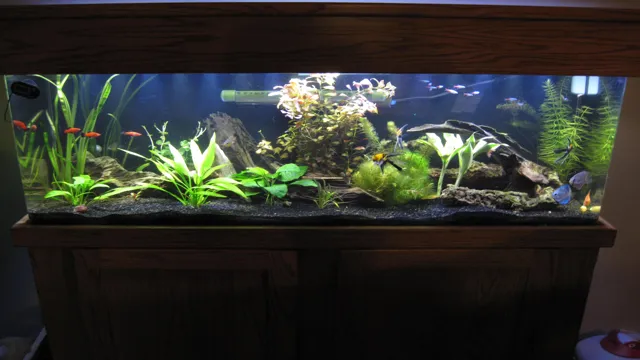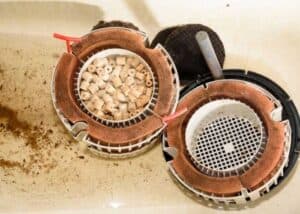
10 Low Maintenance Fish: The Easiest Fish to Care for in Your Aquarium
10 Low Maintenance Fish: The Easiest Fish to Care for in Your Aquarium

Common Goldfish
They are a good match for other peaceful types of fish that enjoy lingering in different parts of the tank. True to their name, the neon rainbow fish dazzles with its iridescent scales, particularly when they swim against well-planted tanks. Because of their timid nature, we recommend keeping these fish in groups of at least 6 individuals. These cute Catfish only reach around 2.5 inches in length and prefer to be kept in groups. They will be happy with a partner but will become most active in larger groups. These tiny shoaling fish are one of the most recognizable in the aquatics trade.
Best Freshwater Aquarium Fish for Beginners (Easy Fish to Keep Alive) With Images

- Some examples are marbling effects, Nemo-like patterns, bi-colors, and contrasting fin colors on their bodies.
- Best kept in groups of six or more of their own kind, they are very adaptable and gentle and will not bother smaller tank mates.
- To calculate the correct heater size for your tank you take the average degrees the room the tank is in and subtract that from what you want your tank to be.
- But by choosing a filter that exceeds the capacity of your tank, you allow more water to be filtered, again, buying you some more flexibility in your maintenance routine.
- Make sure you are providing adequate food for your fish type, and lastly if you see a sick fish remove it from the tank and quarantine it.
Goldfish are cold water aquarium fish that prefer water temperature of F (17-23 C), although some species can live in cooler or warmer temperatures. Just like with people, different species of fish have their own temperament. Other types of ornamental fish are hardy and can withstand a range of conditions. There are some fish species that are great all-around community fish. Their ability to withstand small changes in water conditions makes them ideal for beginners.
They do reproduce readily, though, and are happy in most freshwater tank environments. There are multiple specialty varieties of Mollies, making them highly variable in colors and patterns, allowing you to choose an interesting variety to suit your tank. Usually gallons is a good start.Invest in quality equipment and start with hardy fish species like guppies or tetras. Maintaining a freshwater aquarium involves regular cleaning, understanding the needs of your fish, and managing costs effectively.To add to their appeal as low-maintenance fish, they are omnivorous and can subsist on a diet of most store-bought fish flakes. Parents need not worry about obtaining specialized food or having to isolate the neon tetras in a separate tank. Their hardiness also makes them resilient against any mistakes that might be made as part of the learning curve. Did you know that 2 million Neon Tetras are sold in the US every month?
Signs of salt imbalance include unusual fish behavior, rapid gill movement, or water clarity issues. If you notice these symptoms, it’s important to test and adjust salt levels promptly to maintain optimal conditions for your fish. In freshwater tanks, aim for a salt concentration of 1 to 3 teaspoons per gallon.